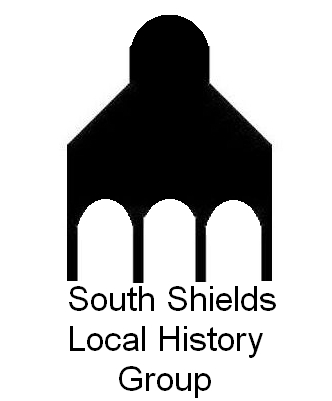A public meeting was held in October 1880 where it was proposed that South Shields should have a tramway system on the 4′ 8½” gauge. The following month a private company sought powers to run a tramway service in the town so the Council acted quickly and sought powers for themselves for the construction of tramways within the borough.
It was proposed to run from the Jarrow boundary at the River Don to the Pier Head via Slake Terrace, Templetown, Corstorphine Town, Laygate Lane and the Market Place. Also proposed was an extension along Laygate Lane, Dean Road, Westoe Road, Fowler Street and Mile End Road as far as St Stephen’s Church, although the extension was not built, neither did the tramway extend beyond Slake Terrace.
The South Shields Corporation then invited tenders for the leasing of the tramway which was awarded to a Mr Winby of London who offered £958 per annum for a 7 year lease. Mr Winby went on to suggest a reduction in the gauge from 4′ 8½” to 3′ 6″ for the sake of economy due to the narrowness of the streets. This appealed to the Tramways Committee not least to keep others out of the town.
The Council confirmed the change of gauge and without obtaining Parliamentary Powers or consulting the Board of Trade and asked for tenders for laying the lines. The work was competed at a cost of £12,244 2s 6d and was ready for inspection by November 1882. It is hardly surprising that the Corporation was advised by the Board of Trade that they were unable to grant a license to operate until they had received Parliamentary sanction to operate at the revised gauge.
This done, a second inspection was carried out and Royal Assent was granted in July 1883 and the South Shields tramways opened for public traffic on 1st August 1883. The route was lined with spectators who cheered lustily and numerous small boys chased after the cars. They were owned by the Corporation but leased by Mr Winby who formed the South Shields Tramways Company. They owned 6 open top double decker trams and a stud of 37 horses. The service commenced in the afternoon when two cars each drawn by four horses and having outriders ran from Tyne Dock to the Pier Head.
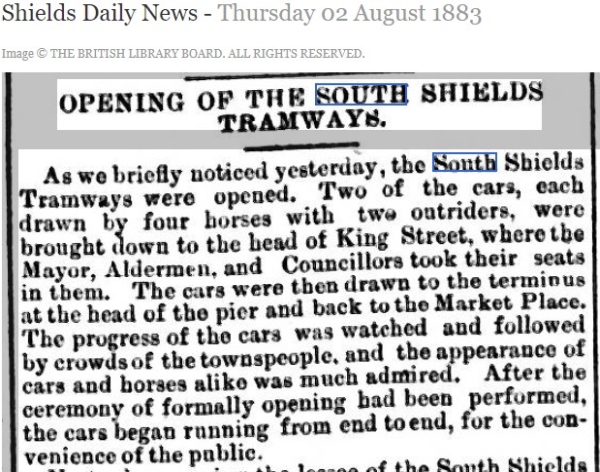
In the Market Place double track turned left out of King Street and ran past St Hilda’s church into Church Row. A diversionary track ran across the Market to be used during funerals and weddings at the church. This did not survive into the electric tram era and buses did not run right round the Market Place until the trolley buses were introduced in 1937.
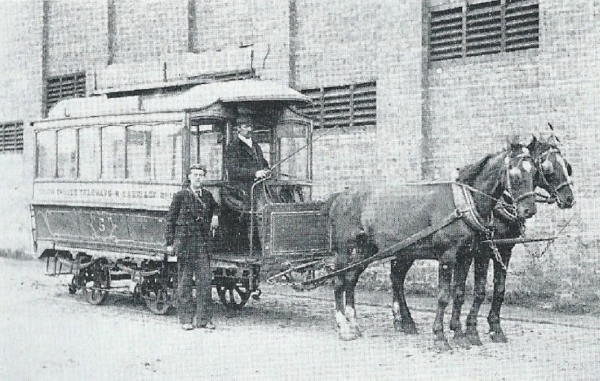
The service was short lived and had a very abrupt if not dramatic ending. They had committed themselves to a very high rental and the traffic return was not as high as expected. Matters came to a head in March 1886 when the receivers stepped in and tried to sell the assets. Attempts to rescue the situation failed and on 30th April 1886 the company performed a midnight flit. In the light of the moon, all 6 cars were driven off the end of the rails at Tyne dock and under the railway arches for a distance of about a mile on the public highway to a timber yard in Jarrow and the horses were sold off at auction in Newcastle.

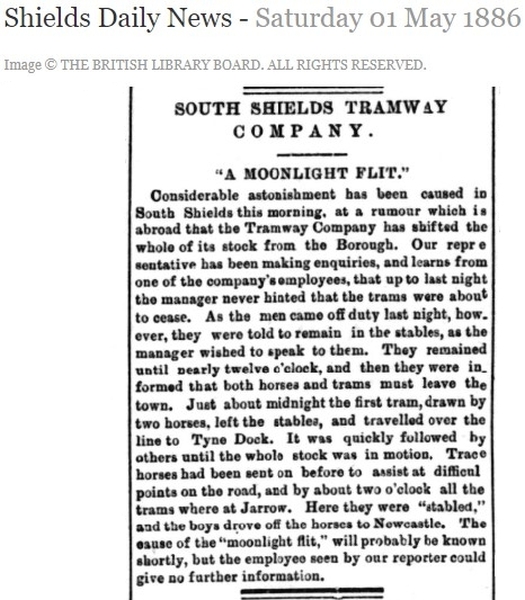
The following year the tram cars were purchased by the Isle of Man Tramways where two still exist to this day!
The general public could hardly believe that the tramway service together with the cars and horses had simply disappeared into thin air. The Gazette even reported that it was generally believed that the trams would be running again in a few days. Unfortunately, this was not the case.
In 1887 a new company the South Shields Tramways and Carriage Co Ltd obtained a 14 year lease starting with a more realistic rental of £500 per annum. The service commenced on the 28 March 1887 with a 15 minute service between the Pier Head and Tyne Dock between 8:30 am and 9 pm. Unlike the previous operators, only one horse per car was employed but a trace horse assisted with the incline on station road.


The service was highly successful but finally came to an end on 31 January 1906 when the Corporation terminated the lease.

One tram car (IOM 18) is still in service and another is housed as a static exhibit minus wheels in the Isle Of Man Museum.
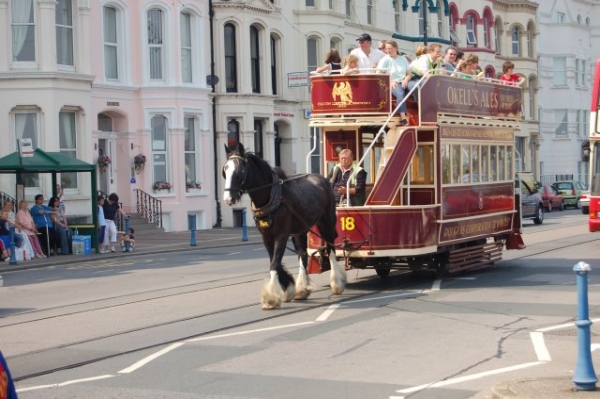
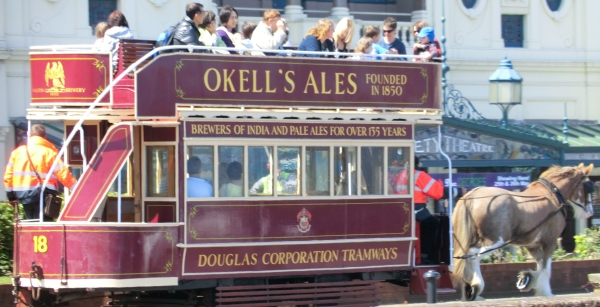
Sources:
British Newspaper Archives
Written by Les Snaith from
The Tramways of Jarrow and South Shields by George Hearse
Photos
A D Laws
South Tyneside Libraries
Wikipedia
